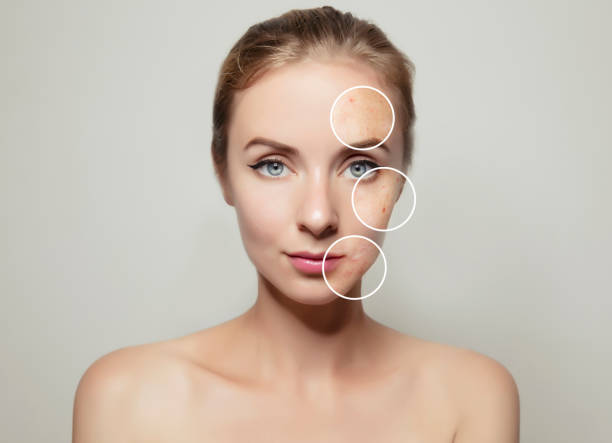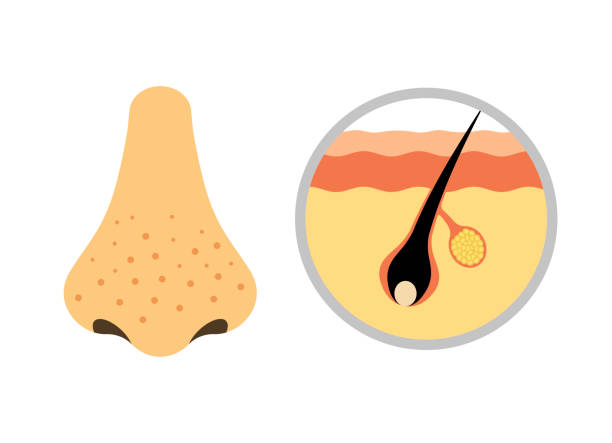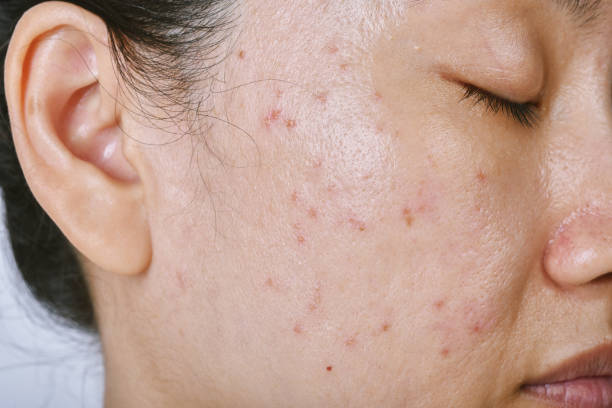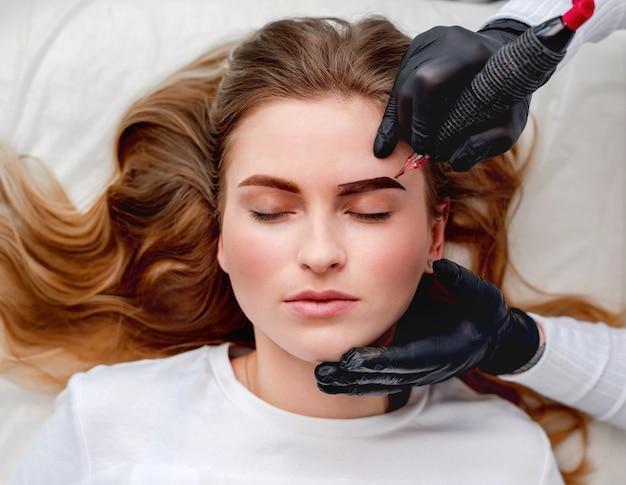Have you ever noticed small bumps or acne-like lesions on your face and wondered why your skin isn’t as clear as it should be? You might be dealing with clogged oil glands, a common skin woe that can be more than just a cosmetic nuisance. These tiny roadblocks in your skin’s health can not only lead to undesirable breakouts but also prevent your complexion from achieving its natural glow. But fear not! With the right natural strategies, it’s possible to unclog those pesky oil glands and restore the balance of your skin. This article will serve as your personal guide to combatting clogged oil glands using nature’s remedies, providing techniques that enhance skin health without relying on harsh chemicals.
Understanding Your Skin’s Oil Glands

The Role of Sebaceous Glands in Skin Health
Sebaceous glands are tiny but mighty entities that reside within our skin. Their job is to secrete sebum, an oily substance that helps to keep our skin hydrated and protected from the harsh environmental elements. However, when these glands go into overdrive or get blocked by dead skin cells, they can cause an excess of oil, leading to clogged pores and potentially leading to acne or other skin blemishes.
Recognizing the Signs of Clogged Oil Glands
Before treating clogged oil glands, it’s important to recognize their telltale signs. These can range from blackheads and whiteheads to more severe forms of acne. Unlike common oily skin, which can appear shiny and feel greasy, clogged oil glands often result in bumpy and uneven skin texture. Pay attention to areas of your face such as the forehead, nose, and chin, where clogged glands are more likely to occur.
The Natural Way to Unclog Oil Glands on Your Face

Essential Lifestyle Adjustments
A holistic approach to unclogging your oil glands begins with lifestyle adjustments. Hydration is critical; aim to drink at least 8 glasses of water a day to help flush out toxins. Meanwhile, incorporating a diet rich in leafy greens, fruits, and omega-3s can balance oil production. Regular exercise can improve circulation, and stress management techniques such as yoga and meditation can help reduce the hormonal imbalances that lead to overactive sebaceous glands.
Gentle Cleansing Routines
Establishing a gentle cleansing routine is a cornerstone of unclogging your oil glands. Over-washing or using harsh products can do more harm than good, so opt for a gentle, natural cleanser. Exfoliation is important too, but should be done sparingly to avoid irritation.
Starting With the Basics: Cleansing and Exfoliation
Cleansing should be done twice daily—once in the morning and once at night. Follow up with a gentle exfoliant that can remove dead skin cells without damaging your skin’s natural barrier. For natural exfoliation, consider ingredients like ground oats or almond meal, which are less abrasive than chemical exfoliants.
Topical Natural Solutions
When it comes to topical solutions, nature offers a bouquet of remedies. Tea tree oil, for example, is known for its antibacterial properties and can be diluted and applied to the face to help clear clogged pores. Similarly, jojoba oil is structurally similar to sebum and can help regulate oil production when used sparingly.
Advancing Care: Steam Therapy and Massage
Steam therapy is a simple yet effective method to open up the pores and help expel trapped oil and dirt. Following a steam treatment with a gentle facial massage can further assist in breaking up the blockages within your oil glands, promoting a clearer complexion.
Harnessing the Power of Natural Ingredients
Many natural ingredients have properties that can aid in unclogging oil glands. Here’s a simple DIY mask you can try:
- Mix one tablespoon of natural honey with a teaspoon of turmeric powder.
- Apply the mixture to your face, leaving it on for 10-15 minutes before washing off with warm water.
Honey has antibacterial properties, and turmeric is anti-inflammatory, making this mask a powerful ally against clogged glands.
| Oil | Benefits | Usage Tips |
|---|---|---|
| Tea Tree Oil | Antibacterial, Fights Acne | Dilute before applying |
| Jojoba Oil | Mimics natural sebum, Hydrating | Use sparingly |
| Lavender Oil | Soothing, Reduces Inflammation | Mix with carrier oil |
Note that essential oils should always be used with caution and in proper dilution to avoid skin irritation or adverse reactions. Always perform a patch test before applying to your face.
Maintaining Unclogged Oil Glands for Long-Term Health
Consistency is key in any skincare regimen. Your daily routine should include gentle cleansing, moisturizing with products suitable for your skin type, and protective measures like applying sunscreen. Here are five steps to maintain unclogged oil glands:
- Cleanse gently but thoroughly twice a day.
- Exfoliate with natural ingredients weekly.
- Hydrate with a non-comedogenic moisturizer.
- Apply non-oily sunscreen daily.
- Incorporate a weekly natural mask or steam treatment.
Professional Help: When to See a Dermatologist
If you’ve tried various natural remedies and have seen no improvement, it may be time to seek the advice of a dermatologist. Persistent acne, severe skin irritation, or deep cystic lesions are all valid reasons to get professional help. A dermatologist can provide tailored advice and may offer treatments such as professional extractions or prescriptions which can complement your natural skincare routine.
Conclusion
Clogged oil glands can be a stubborn issue, but with patience and the right natural techniques, it is possible to achieve and maintain clear skin. Remember, treating your skin is only part of the journey; a holistic approach that includes a healthy diet, regular exercise, and stress reduction can be just as important. Embrace these natural methods as a step towards a healthier, more radiant complexion.
FAQs About Clogged Oil Glands
- Can diet really affect my skin’s oil glands?
- Yes, diet plays a significant role in skin health. Foods high in sugar and unhealthy fats can increase oil production and lead to clogged pores. A balanced diet rich in antioxidants and omega-3 fatty acids can help keep your glands healthy and unclogged.
- How often should I exfoliate to prevent clogged oil glands?
- This depends on your skin type, but generally, it’s safe to exfoliate 1-2 times a week. Too much exfoliation can irritate the skin and lead to more oil production, so it’s important to find the right balance.
- Are face masks beneficial for unclogging oil glands?
- Yes, face masks can help draw out impurities and unclog oil glands. Look for masks with natural clay, charcoal, or ingredients like honey and turmeric for best results.
- Can stress cause clogged oil glands?
- Stress can impact hormones that regulate oil production, potentially leading to clogged oil glands. Managing stress through mindfulness techniques, exercise, or hobbies can help maintain clear skin.
- How do I know if my oil glands are clogged rather than just having oily skin?
- Clogged oil glands can lead to persistent acne, blackheads, or whiteheads, whereas oily skin may not necessarily result in these conditions. If you notice frequent breakouts in areas with a high concentration of oil glands, they may be clogged.




